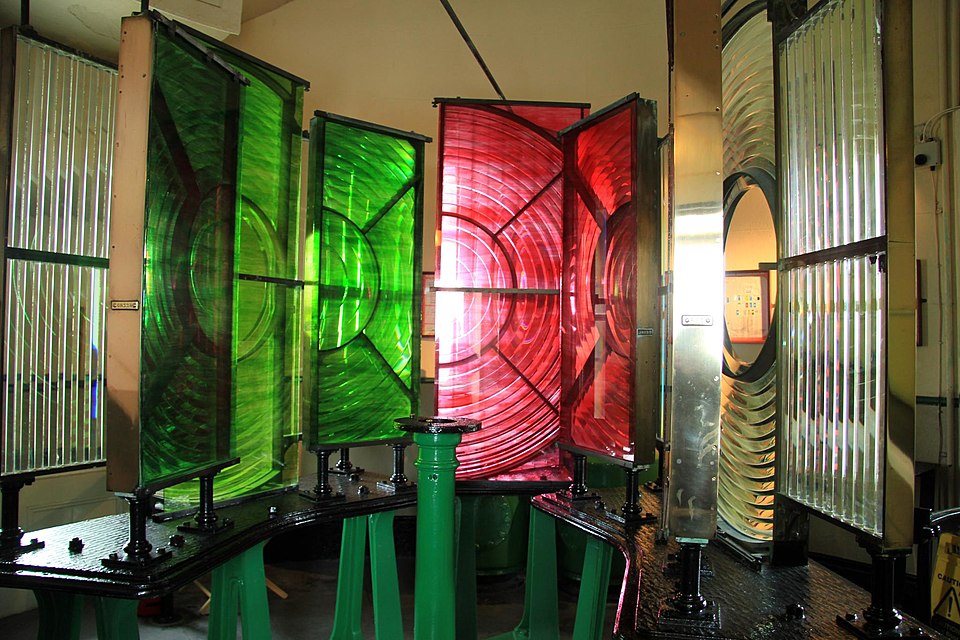Exploring Derek Jarman's Black Paintings: Art, Memory, and Legacy

In 1989, renowned British artist Derek Jarman created a series of enigmatic works known as the Black Paintings, utilizing an unconventional medium of tar and a bonfire to explore themes of beauty, pain, and memory. Currently, a comprehensive exhibition at the Amanda Wilkinson Gallery in London revisits these significant pieces, highlighting their enduring relevance and the complex life of the artist behind them.
Derek Jarman, who lived in the coastal area of Dungeness, Kent, produced these striking paintings during a period marked by both personal turmoil and artistic innovation. According to Amanda Wilkinson, the gallery owner, the exhibition showcases how Jarman’s unique creative process intertwined with his experience of living with HIV, which he was diagnosed with just months prior to creating the Black Paintings. The artworks, characterized by their dark, textured surfaces, incorporate found objects such as broken glass, plastic figurines, and even barbed wire, creating a striking juxtaposition against their rich underlayers of red and gold.
The Black Paintings were first exhibited during Jarman's nomination for the Turner Prize in 1986, where he presented a dozen of these miniature works. Although he did not win the prize, his commitment to his craft remained unwavering. Jarman continued to challenge conventional artistic norms in subsequent years, producing films that further explored his thematic interests, such as The Last of England (1987) and The Garden (1990).
As articulated in his journals, particularly in Modern Nature published in 1992, Jarman found solace in the natural beauty surrounding his home. He described the summer of 1989, when he and a friend melted pitch to create his art, highlighting his childlike enthusiasm for the creative process. "The hot tar splashed everywhere and set like shining jet," Jarman noted, reflecting his deep connection to the act of creation itself.
The Black Paintings exhibition not only serves as a retrospective of Jarman's artistic journey but also encapsulates the socio-political landscape of the late 20th century, particularly concerning the LGBTQ+ community. Jarman's work frequently confronted themes of persecution and identity. As noted by Jon Savage, a close friend of Jarman, the artist resisted categorization as merely a queer artist, insisting instead on the multifaceted nature of his work that encompassed film, painting, and political activism.
Wilkinson emphasizes Jarman’s complexity, stating, "He didn’t think of himself as a film-maker or a gardener or a painter or a political activist; he was an artist. All of that was his art." This perspective allows for a broader appreciation of Jarman's contributions beyond the confines of traditional labels.
The exhibition also features various motifs that reflect Jarman's reflections on mortality and societal issues, such as the imagery of Christ's crown of thorns, which recurs throughout his oeuvre. As Jarman himself wrote during a turbulent period in his life, "I do not wish to die... yet," underscoring his fervent desire to continue creating and engaging with the world around him.
In summary, the Black Paintings represent not just a significant chapter in Jarman's artistic legacy but also a poignant commentary on the human experience, intertwined with personal and collective histories. As the exhibition runs until September 13th, 2025, it invites audiences to engage deeply with Jarman's work and reflect on the ongoing relevance of his themes in today's societal context. The examination of Jarman’s art serves as a reminder of the power of creativity in confronting adversity, revealing beauty in pain, and capturing the complexities of identity and memory.
Advertisement
Tags
Advertisement





